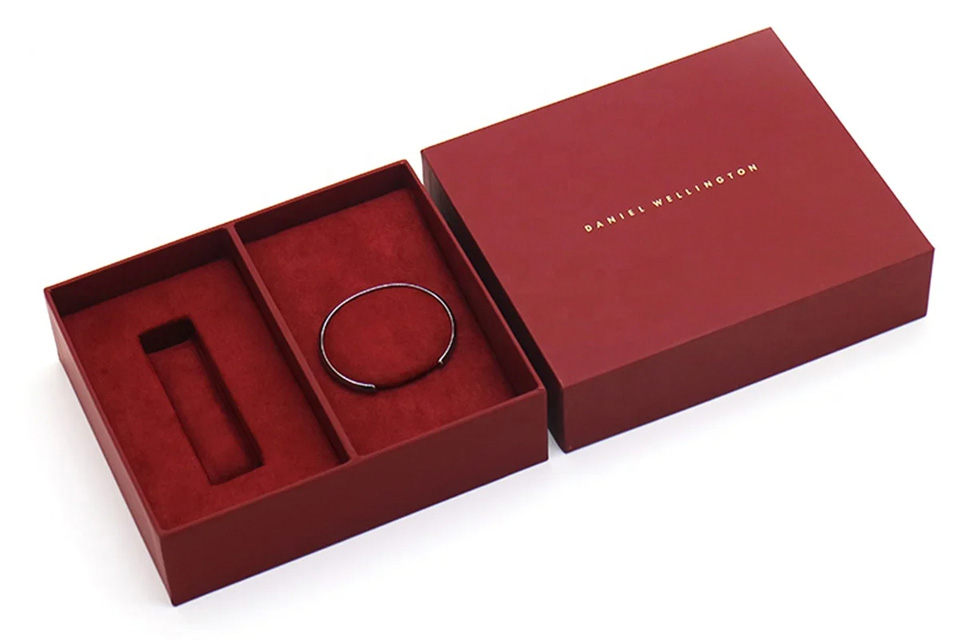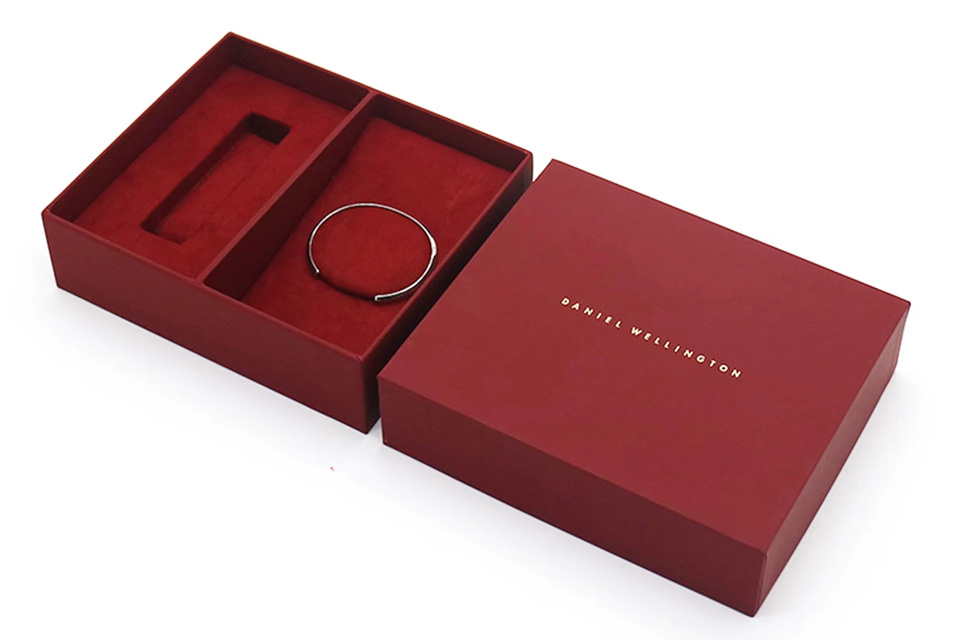The time battlefield of packaging box proofing: from efficiency revolution to reconstruction of brand value
The time battlefield of packaging box proofing: from efficiency revolution to reconstruction of brand value
Abstract
Today, when the iteration cycle of fast-moving consumer goods is compressed to 3 months, packaging box proofing has broken through the boundaries of traditional production links and evolved into a strategic hub for brand competition. This article analyzes the five dimensions of intelligent proofing technology, parallel engineering system, modular design revolution, digital twin quality inspection and circular proofing system, and combines 12 industry benchmark cases such as Box Box Collection and Palace Museum Cultural and Creative to reveal how packaging box proofing can achieve an industrial miracle of shortening the cycle by 80% and reducing costs by 76% through technological innovation, and reconstruct the new ecology of "proofing as a service".
1. The industry code of the proofing cycle: the game between complexity and efficiency
The essence of the time for packaging box proofing is the concrete presentation of technical capabilities. The industry benchmark of 3-5 days for ordinary structure packaging boxes (webpage 3) is based on the physical limits of traditional craftsmanship - die engraving takes 8 hours, hot stamping positioning test takes 12 hours, and material drying and curing accounts for 30% of the process time. The 5-7-day cycle of high-end packaging boxes (web page 1) is limited by the objective constraints of special material procurement (such as cross-border transportation of Star Domain Paper) and composite process superposition (such as layered operations for cold stamping + embossing).
The revolutionary breakthrough of the Box Box Digital Proofing Center is:
- White samples are generated in 10 minutes: through 3D printing and parametric modeling, the design verification cycle is compressed by 97%;
- 24-hour delivery of process samples: the intelligent scheduling system realizes parallel operation of 11 processes such as hot stamping and UV;
- Cloud-based collaborative mechanism: designers, engineers, and customers mark and modify in real time, shortening the decision-making chain by 83%. This efficiency leap transforms proofing from a cost center to a value creation center.
2. Smart proofing revolution: Digital technology reconstructs production paradigm
The application of 4D printing technology is rewriting the rules of physics:
- Environmental responsive materials: Thermosensitive polymers developed by MIT laboratories can fold into a box shape when heated, reducing the structural verification time from 72 hours to 3 minutes;
- Nano conductive ink: Circuit printing of Chow Tai Fook jewelry packaging enables NFC chip implantation and functional testing to be completed simultaneously, increasing the process merging rate by 60%.
The digital twin system builds a virtual battlefield:
- Physical property simulation: ANSYS Material Cloud can simulate the deformation parameters of 350g white cardboard at -20℃~60℃, replacing 6 rounds of physical testing;
- Transport scenario preview: FedEx's smart logistics sandbox can predict the probability of damage of packaging boxes under 8-layer stacking, making design optimization pre-emptive. This virtual-real fusion reduces the cost of trial and error by 92%.
3. Process reengineering strategy: paradigm shift from serial to parallel
The linear process of traditional proofing (design → plate making → proofing → modification) is being torn apart and reconstructed by parallel engineering:
- Modular design library: Changchun Chuangzhihuicheng's 3000+ box type database supports parameterized calls, and the efficiency of new project startup is increased by 76%;
- Distributed production network: Xianghehui's cloud proofing system can simultaneously dispatch idle production capacity of 34 collaborative factories in 12 provinces and cities, and the stability of peak season delivery is increased by 300%.
In the field of cosmetics packaging, L'Oreal's "honeycomb proofing" is very representative:
- The core team is responsible for the creative framework;
- Regional factories simultaneously test localized materials;
- Digital platforms aggregate feedback in real time. This model has shortened its new product launch cycle from 9 weeks to 3 weeks, and its market share has increased by 29%.
4. Quality control revolution: millimeter-level competition of machine vision
Traditional quality inspection relies on the "eagle eyes and golden eyes" of the master, but now the AI vision system has achieved a leap in dimension:
- 0.01mm precision detection: Hikvision's deep learning algorithm can identify 2μm burr defects on the edge of hot stamping;
- Spectral material analysis: Oxford Instruments' LIBS technology can determine whether the paper weight error is >±3% within 3 seconds.
The "three-level quality inspection" system of the Palace Museum's cultural and creative products is more instructive:
- Digital pre-inspection: 3D models automatically mark 135 risk points;
- Physical inspection: six-axis robotic arms perform 360° stress testing;
- User experience simulation: VR system tracks the changes in consumers' micro-expressions when opening the box. This closed-loop control has reduced its customer complaint rate to 0.03‰.
5. Circular Proofing System: Implementation of Sustainable Strategy
The waste generated by traditional proofing accounts for 17% of the total waste in the packaging industry. Circular proofing technology is solving the problem:
- Water-based reversible adhesive: 3M's N-time lamination technology allows the sample disassembly repetition rate to reach 8 times;
- Bio-based memory material: DuPont's mycelium composite material can be restored to its original form through autoclaving, increasing the material utilization rate by 300%.
Converse's "zero waste proofing" plan is more commercially valuable:
- Establish a regional material bank to share specialty paper inventory;
- Proofing waste is recycled into limited edition shoe boxes;
- Carbon credit income feeds back R&D investment. This model reduces its single proofing cost by 42% and won the 2025 Global Sustainable Packaging Award.
Summary
When packaging box proofing evolves from mechanical repetition to an arena of intelligent creation, its value has surpassed the competition in the time dimension. In the future, with the integration of quantum computing and biosynthesis technology, proofing may achieve the instantaneous transformation of "what you think is what you get". In this silent efficiency revolution, every 0.1 second breakthrough is reshaping business logic, and every technological iteratio.



